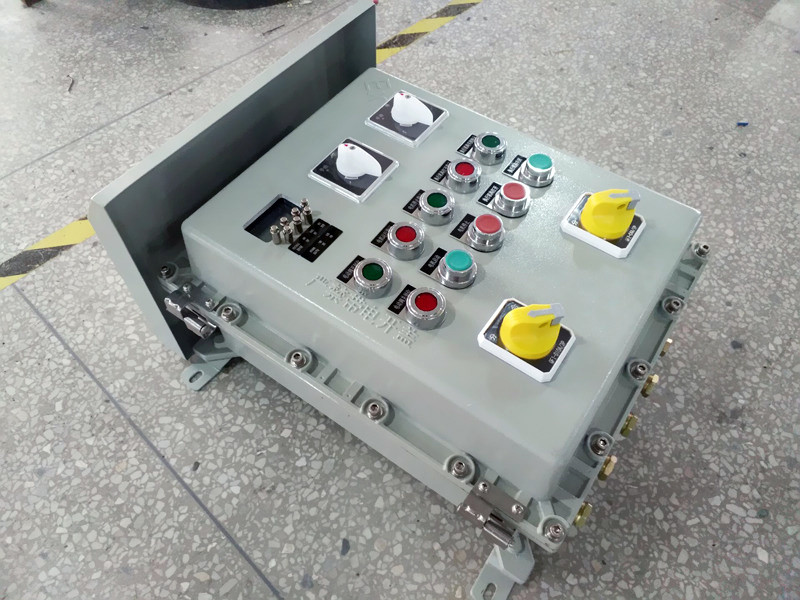防爆型電気機器に使用される金属材料について考慮すべき重要な点は、機械的スパークによって爆発性ガスと空気の混合物に引火する性質である。研究により、これらの金属の組成がその発火可能性に大きな役割を果たすことが示されている。金属筐体における機械的火花発火の発生を防止するため、特定の元素制限が義務付けられています。爆発性環境に関する規格-一般機器要件-では、以下のように規定されています:

クラスI
RPLレベルMAまたはMbの防爆電気機器を製造する場合、筐体材料中のアルミニウム、マグネシウム、チタン、ジルコニウムの組成は質量比で15%以下でなければならず、チタン、マグネシウム、ジルコニウムの合計質量割合は7.5%を超えてはならない。
クラスII
クラス II 防爆電気機器製造の場合、筐体材料に含まれる重要元素の総質量割合は保護レベルに応じて異なる:EPLGa機器の場合、アルミニウム、マグネシウム、チタン、ジルコニウムの合計含有量は10%を超えてはならず、マグネシウム、チタン、ジルコニウムの合計含有量は7.5%を超えてはならない。EPLGb機器の場合、マグネシウムとチタンの合計含有量は7.5%を超えてはならない。
クラスIII
クラスIIIの防爆電気機器を製造する場合、筐体材料に含まれる該当元素の必要総質量割合も保護レベルによって異なる:EPLDaデバイスの場合、マグネシウムとチタンの含有量は7.5%を超えてはなりません。EPLDbデバイスの場合、同じ制限が適用されます。EPLDcデバイスの場合、EPLDb基準に準拠したファン、ファンカバー、換気孔バッフルを除けば、それ以上の特別な要件はありません。
 沈海防爆
沈海防爆
